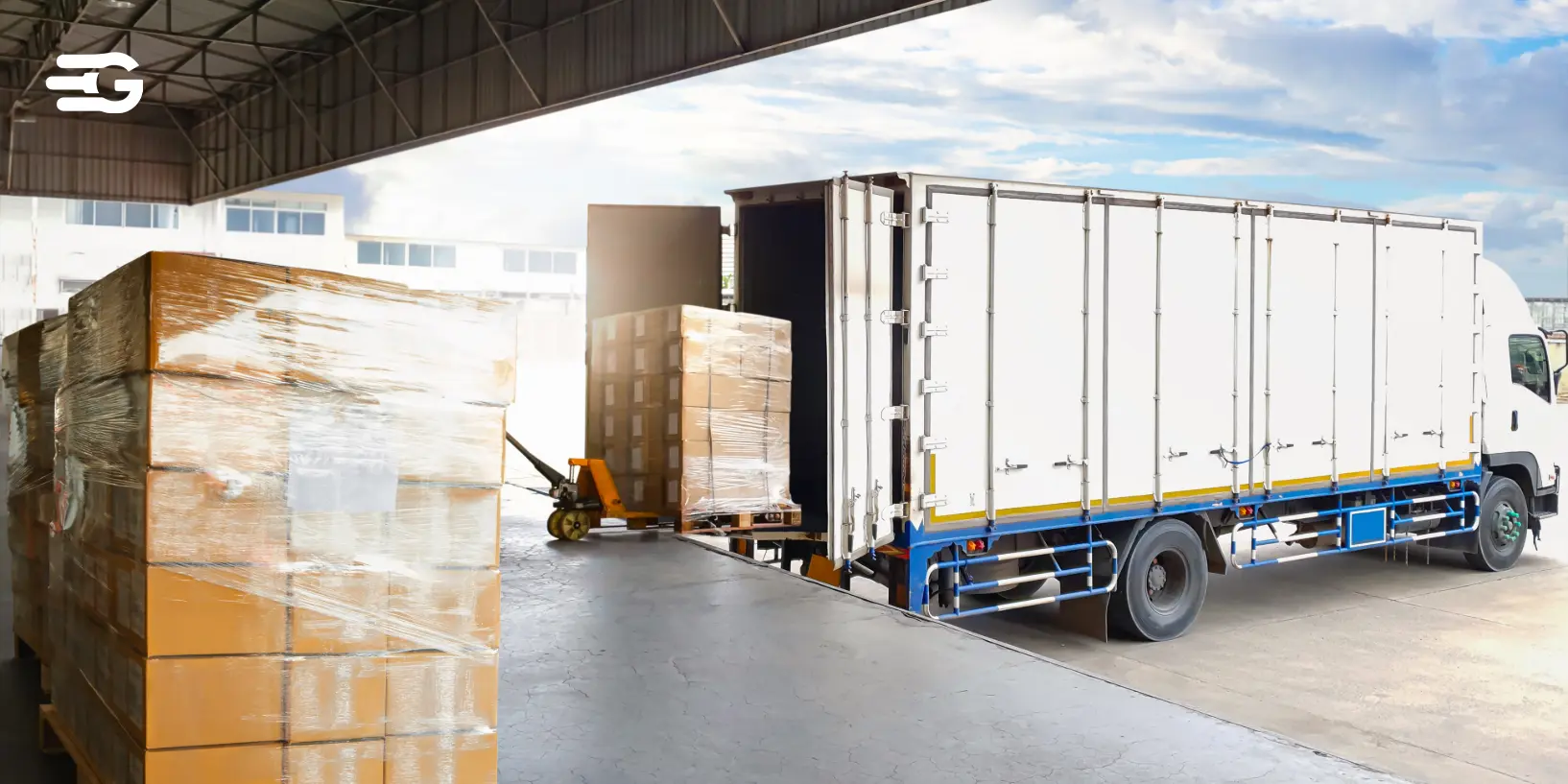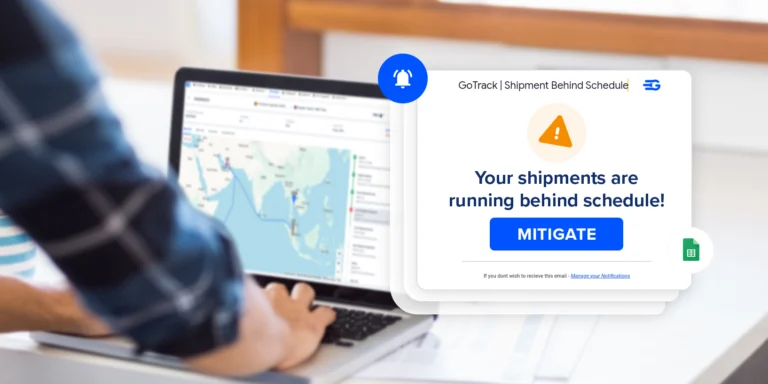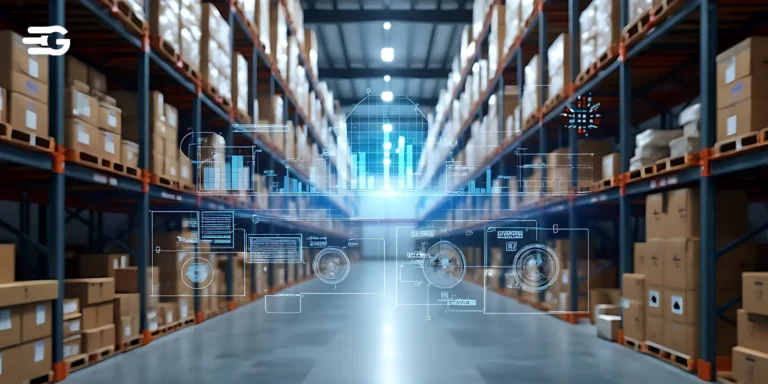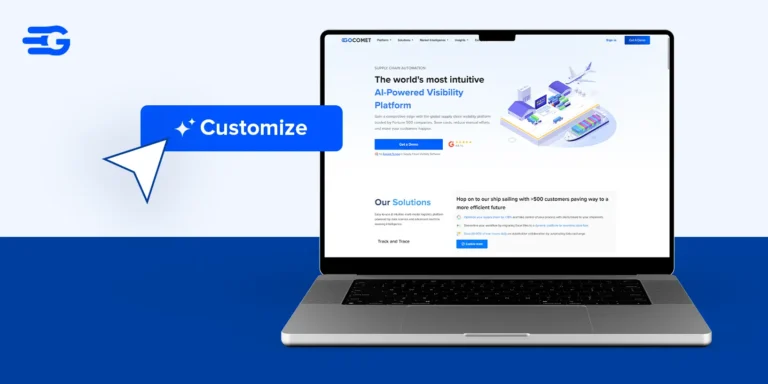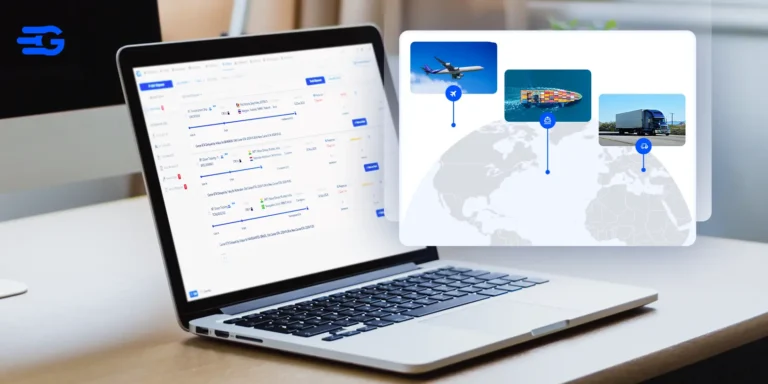The Role of Transportation in Supply Chain Management
Transportation in supply chain management is one of those things you don’t think about until it goes wrong. It’s the engine that keeps everything moving, from raw materials to finished products. When transportation works, everything else falls into place. But when it doesn’t, delays and rising costs follow quickly.
It’s time to shift how we view transportation. Because as the industry evolves, businesses that adapt to smarter, more efficient transportation methods will be the ones who stay ahead. Let’s dive into the details and explore why this matters more than ever.
Importance of Transportation in Supply Chain Management
When we talk about supply chain management, transportation often doesn’t get the credit it deserves.
Well, if we went to list everything, this discussion will go on for hours and hours. For now, we’re listing the three points that explain transportation’s importance in the supply chain most.
1. Movement of Goods Between Locations
Transportation in supply chain management is what makes the movement of goods possible, from suppliers to retailers. From raw materials to finished products, it’s the conduit between suppliers, manufacturers, distributors, and retailers. Whether you’re moving goods across the street or across the world, transportation is the thread that ties everything together.
For instance, the global logistics market is expected to reach $12 trillion by 2027, with transportation accounting for a significant chunk of that growth. The expansion of e-commerce and global trade is pushing demand for more reliable transportation systems. And businesses are responding by investing heavily in improving transportation efficiency.
2. Connecting Suppliers, Manufacturers, Distributors, and Retailers
Without efficient transportation in supply chain management, you’d see delays across the entire system, affecting suppliers, manufacturers, and customers. It’s how raw materials get to factories and finished goods get to stores. Think of it like the bloodstream of the entire supply chain. One hiccup in transportation, and the whole system can come to a screeching halt.
3. Influence on Delivery Speed and Reliability
Transportation in supply chain management directly influences delivery time, which is crucial for meeting customer expectations. Take Amazon, for example. They’ve managed to cut delivery times down to one-day shipping, and that’s not by accident. It’s an entire system designed to optimize speed while minimizing delays. In fact, 83% of consumers say that fast delivery is a deciding factor in their purchasing decisions.
Without reliable and timely transportation, your customers will look for alternatives. The demand for faster deliveries is real, and transportation directly influences that.
So, whether you’re moving goods locally or globally, getting your transportation right is essential for staying competitive. The way things are going today, you can’t afford to neglect it.
Impact on Cost and Efficiency
Effective transportation in supply chain management is key to controlling costs and improving operational efficiency. According to Invesp, businesses with optimized supply chains experience 15% lower supply chain costs. This can be largely due to more efficient transportation and logistics practices.
Optimizing transportation in supply chain management, from route planning to fuel use, directly impacts cost reduction and efficiency. The more efficient your transportation in supply chain management, the easier it becomes to scale operations without significantly increasing costs.
Transportation and Customer Satisfaction
Customers today are more demanding. They expect their orders to be delivered on time, in good condition, and with reliable tracking.
If transportation is efficient and on point, it directly boosts customer satisfaction. It builds trust because people can count on you. That trust is powerful. It keeps customers coming back and strengthens their loyalty, which, as we know, is key for long-term business growth.
- Timely deliveries create confidence: When products arrive when promised, customers trust the brand more and are likely to return.
- Accurate tracking keeps customers in the loop: Offering real-time tracking reassures customers that their order is on the way, reducing anxiety.
- Reliable handling reflects brand quality: Good transportation isn’t just about getting products there; it’s about getting them there safely and in one piece.
- Flexibility in delivery options appeals to modern customers: Offering multiple delivery speeds gives customers the freedom to choose what works best for them.
But when transportation fails, things quickly go south. A delay or an issue with delivery can cause frustration for customers. It’s one of those areas where the impact is immediate: you miss a delivery date, and your reputation takes a hit. In business, reputation is everything.
That’s why making sure transportation runs smoothly is not just a logistical challenge but a customer retention strategy.
Modes of Transportation
Choosing the right mode of transportation depends on several factors, including cost, time, distance, and the type of product being shipped. Each mode has its own strengths, and understanding when to use them can streamline your supply chain operations.
Some main modes of transportation include:
| Mode | When to Use | Advantages | Disadvantages |
| Road | Best for short to medium distances, local and regional deliveries. | Flexible, cost-effective, easy access to most locations | Limited by road infrastructure, subject to weather and traffic delays. |
| Rail | Ideal for large volumes of goods over long distances, especially bulk items like coal or grain. | Lower cost for bulk items, more energy-efficient | Limited access, not flexible for door-to-door delivery. |
| Air | Ideal for high-value, time-sensitive goods like electronics or perishable items. | Fastest delivery time, ideal for high-value goods. | Expensive, limited capacity, weather-sensitive. |
| Sea | Best for international trade, especially large quantities of goods (bulk and containerized goods). | Cost-effective for large volumes, can handle massive quantities | Slow, dependent on ports, susceptible to weather disruptions. |
Challenges in Transportation Management
Companies need to overcome several hurdles to ensure their transportation systems run smoothly and cost-effectively.
- Rising Fuel Costs: Fluctuating fuel prices can drastically affect transportation costs, especially for businesses reliant on road or air transport.
- Port Congestion: Increasing congestion at major ports slows down shipping times, leading to delays and higher costs.
- Regulatory Issues: With each country or region having its own set of rules, compliance becomes an ongoing challenge, especially in international shipping.
- Environmental Concerns: Growing pressure to reduce carbon footprints requires businesses to explore eco-friendly transportation options, which can be expensive and difficult to implement.
- Weather-Related Delays: Extreme weather conditions, such as snowstorms or hurricanes, can disrupt schedules and cause unforeseen delays.
By optimizing transportation in supply chain management, businesses can overcome challenges like rising fuel costs and port congestion, ensuring smooth operations and improved customer satisfaction.
Future of Transportation in Supply Chain Management
The future of transportation in supply chain management is all about tech and sustainability. We’re already seeing advancements like AI-powered route optimization and autonomous vehicles. Adopting new transportation technologies in supply chain management will help companies optimize routes, cut fuel costs, and improve delivery reliability.
The goal is simple: get products where they need to go faster and cheaper, without compromising quality or customer experience.
For example, HaulMatch used GoComet’s tech solutions to tackle key transportation challenges by offering comprehensive shipment visibility.
With GoComet’s real-time tracking and route optimization, HaulMatch improved the efficiency of their transportation network, reducing delays and enhancing overall delivery performance. This solution allowed them to streamline operations, cut down on costs, and provide better service to their customers.
Conclusion
Transportation in supply chain management is the core of every efficient operation, ensuring cost control, timely delivery, and satisfied customers. With emerging technologies and a shift towards sustainability, companies have the opportunity to make their transportation operations faster, more reliable, and eco-friendly.
By optimizing your transportation management now, you’re setting your business up for long-term growth and success. To streamline your transportation in supply chain management and unlock better efficiency, book a demo with GoComet today and see how their solutions can help.
